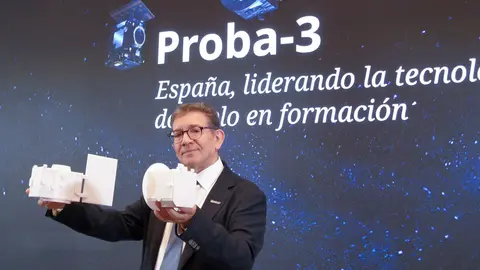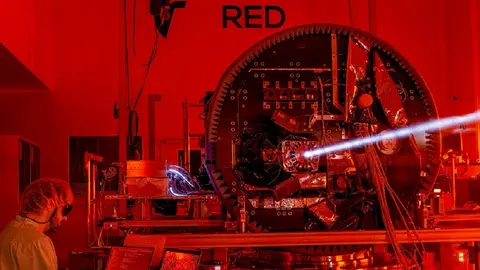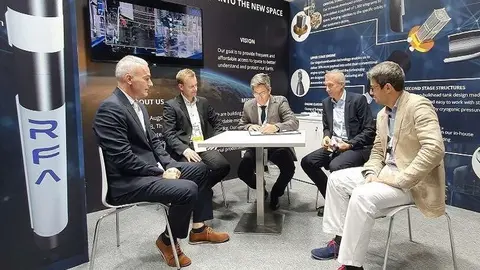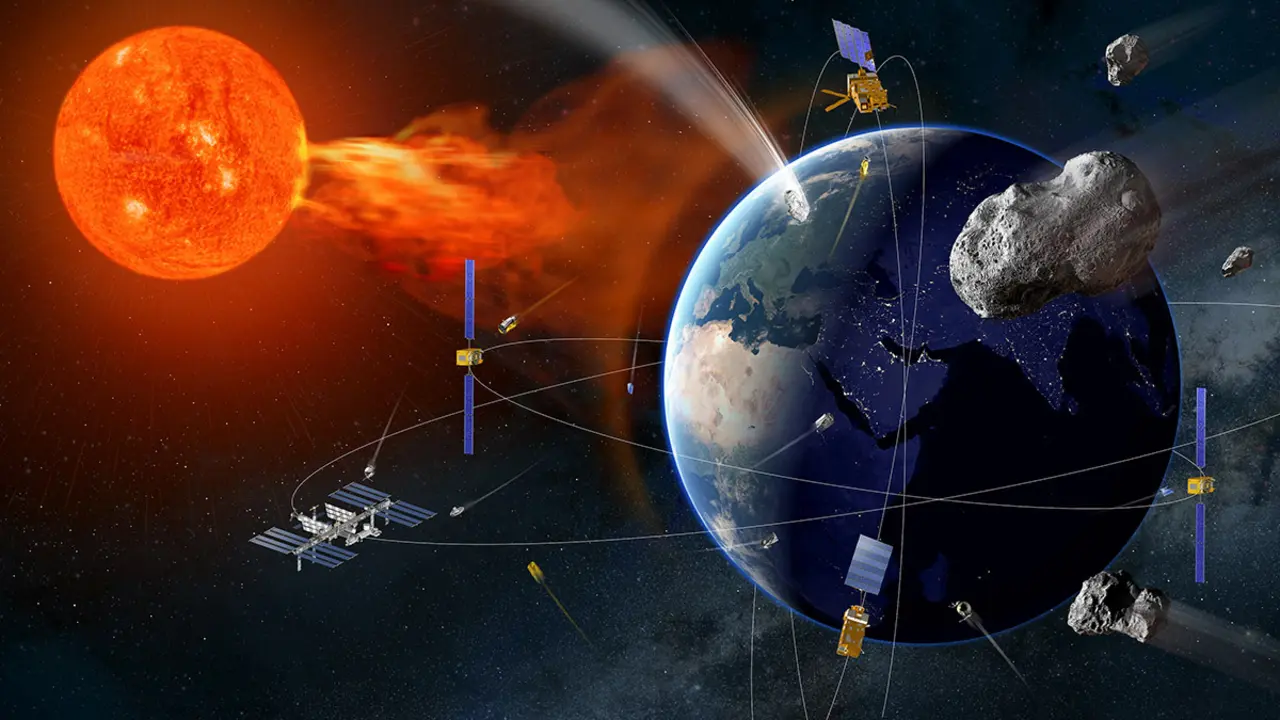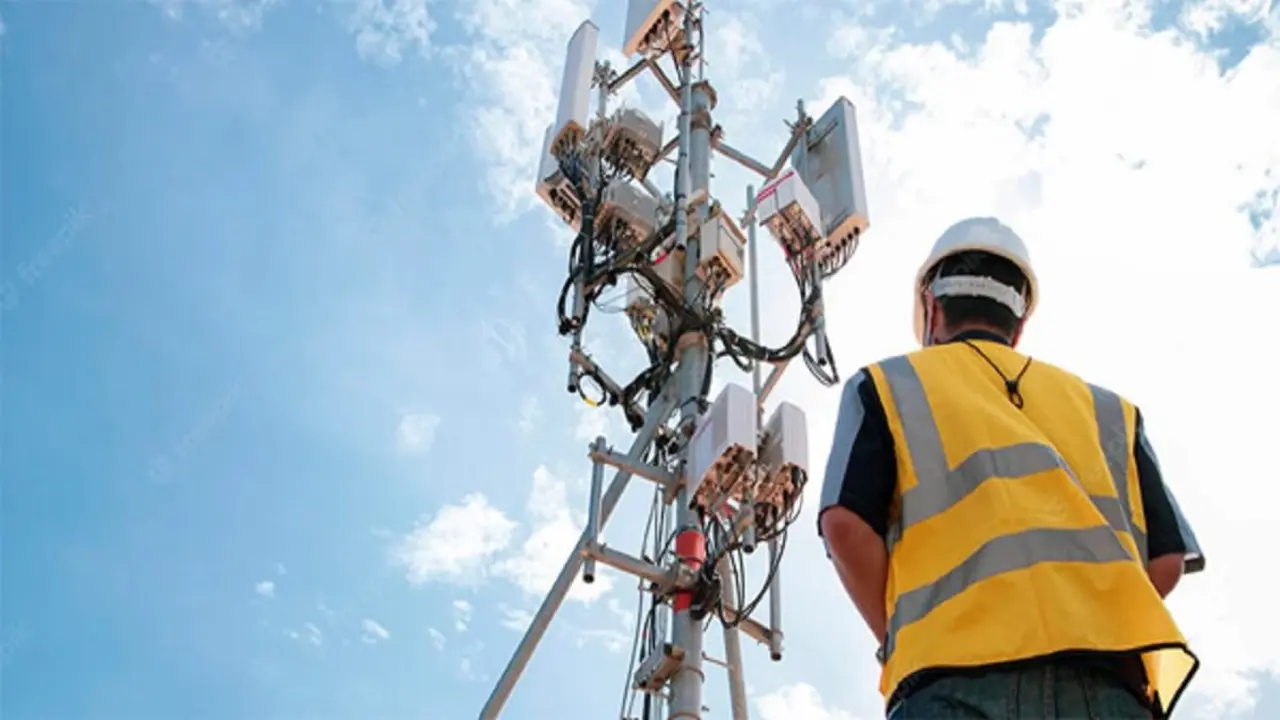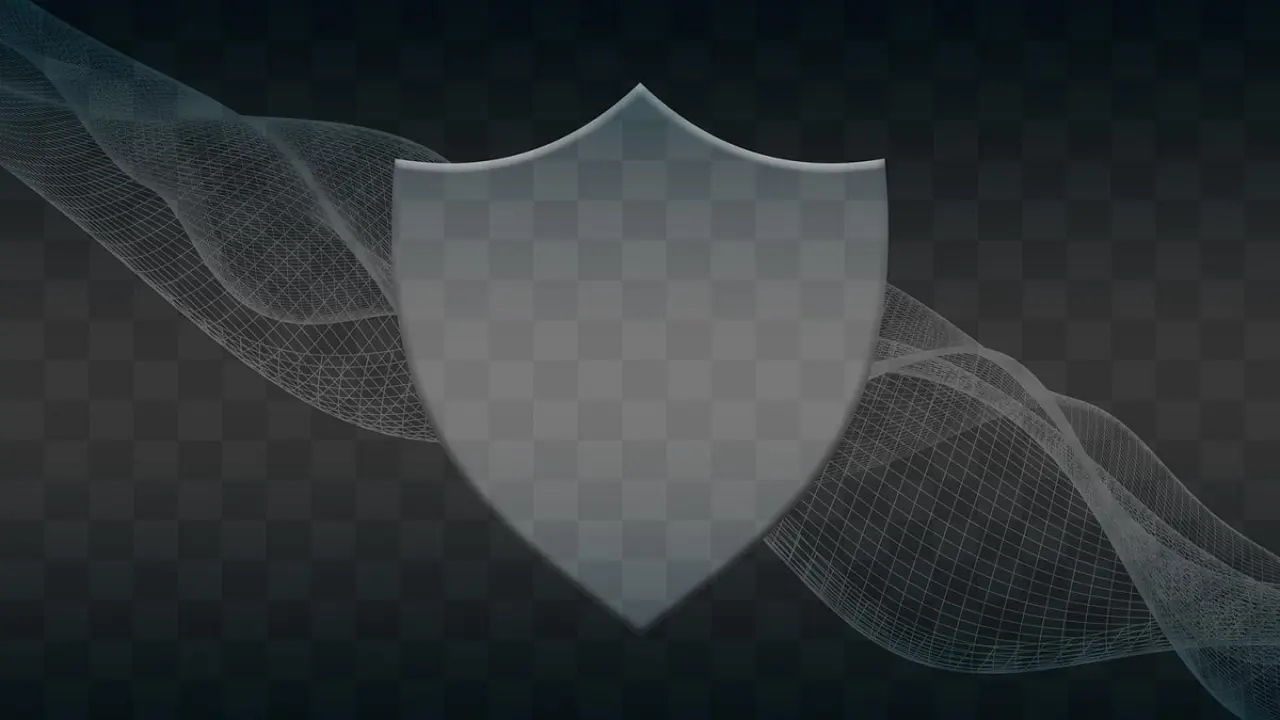ESA already has the Proba-3 satellites in orbit, the first developed by the Spanish company Sener
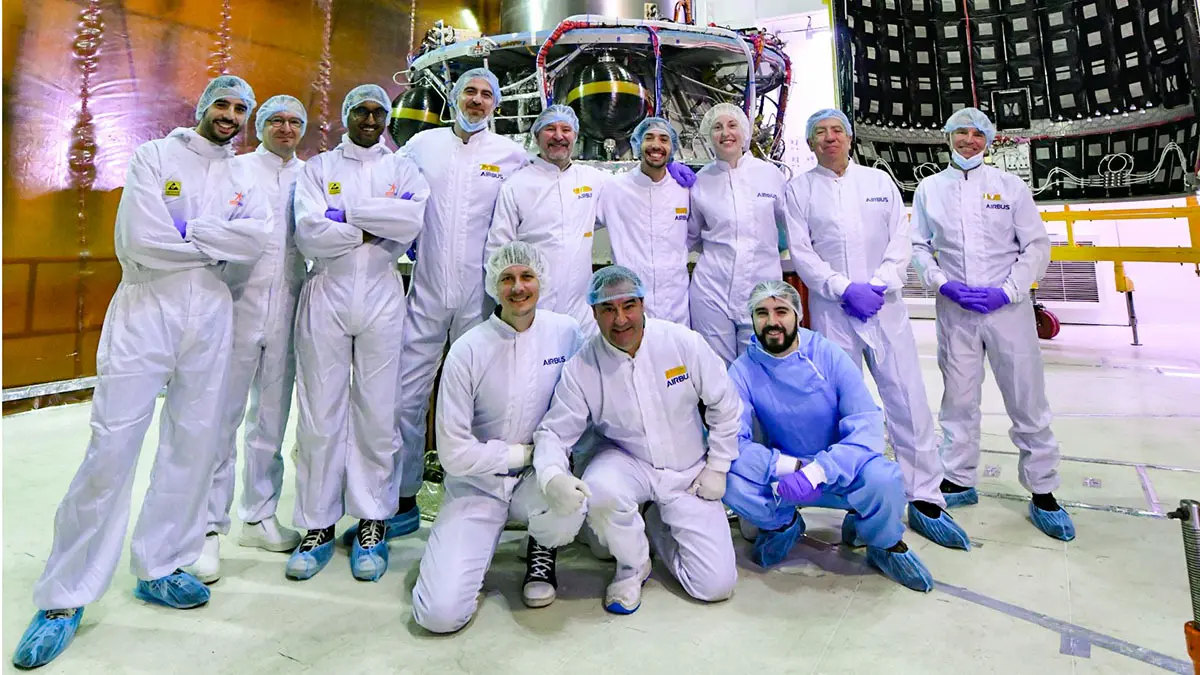
The pair of Proba-3 satellites developed by the Spanish company Sener Aerospace and Defence for the European Space Agency (ESA) are already in orbit and in good health.
Their launch aboard an Indian PSLV (Polar Satellite Launch Vehicle) rocket was 24 hours behind schedule. An erroneous measurement of a valve in the propulsion system of one of the Prona-3s during final checkout prevented liftoff on the 4th. It finally took place on Thursday, 5 December, at mid-morning Spanish time - four and a half hours later in India - from the Satish Dhawan space centre in Sriharikota, located on the coast of Bengal in the state of Andra Pradesh.
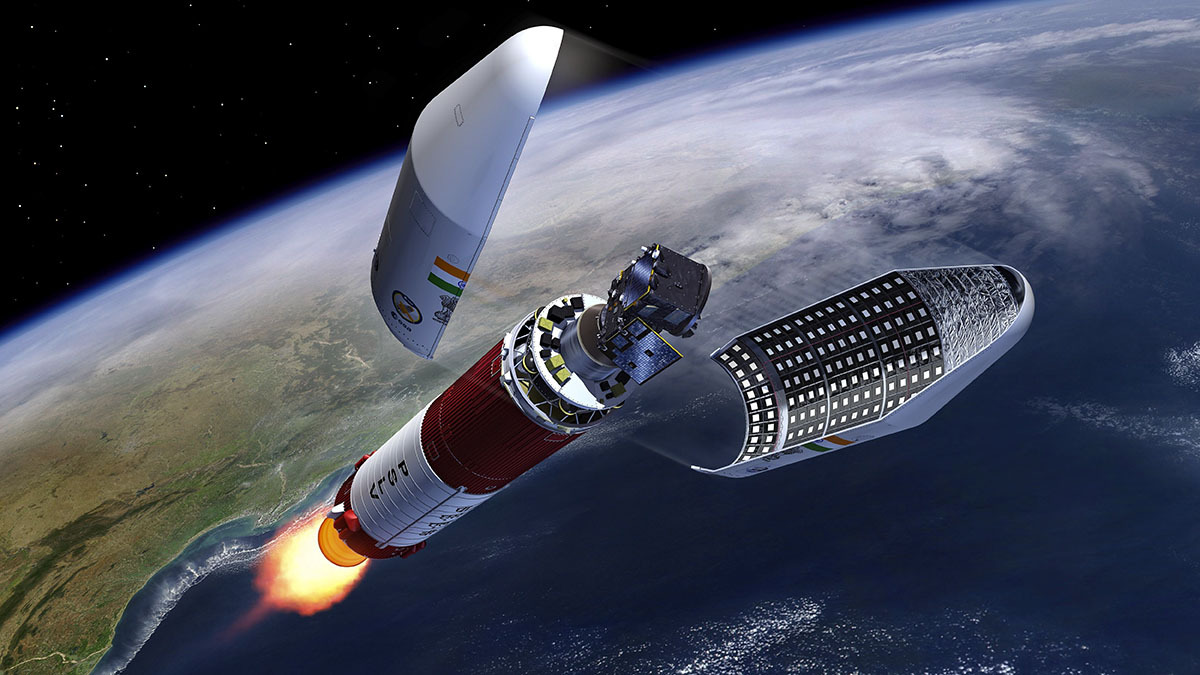
India is the world's fourth largest space power after the United States, China and Russia, has an ambitious space programme and its space agency, the Indian Space Research Organisation (ISRO), has developed a whole family of domestic launchers to achieve full autonomy in accessing outer space.
The mission that carried the two Proba-3s into orbit is the 61st PLSV mission, whose first flight dates back to September 1993. With a length of 44 metres, four propulsion stages and a take-off weight of 320 tonnes in the XL version, it was chosen to launch the two Proba-3s into orbit. This is not the first time ESA has used the PSLV to send one of its satellites into space. The same launcher was already selected by ESA to launch Proba-1, a small observation satellite weighing 94 kg, into orbit in October 2001.
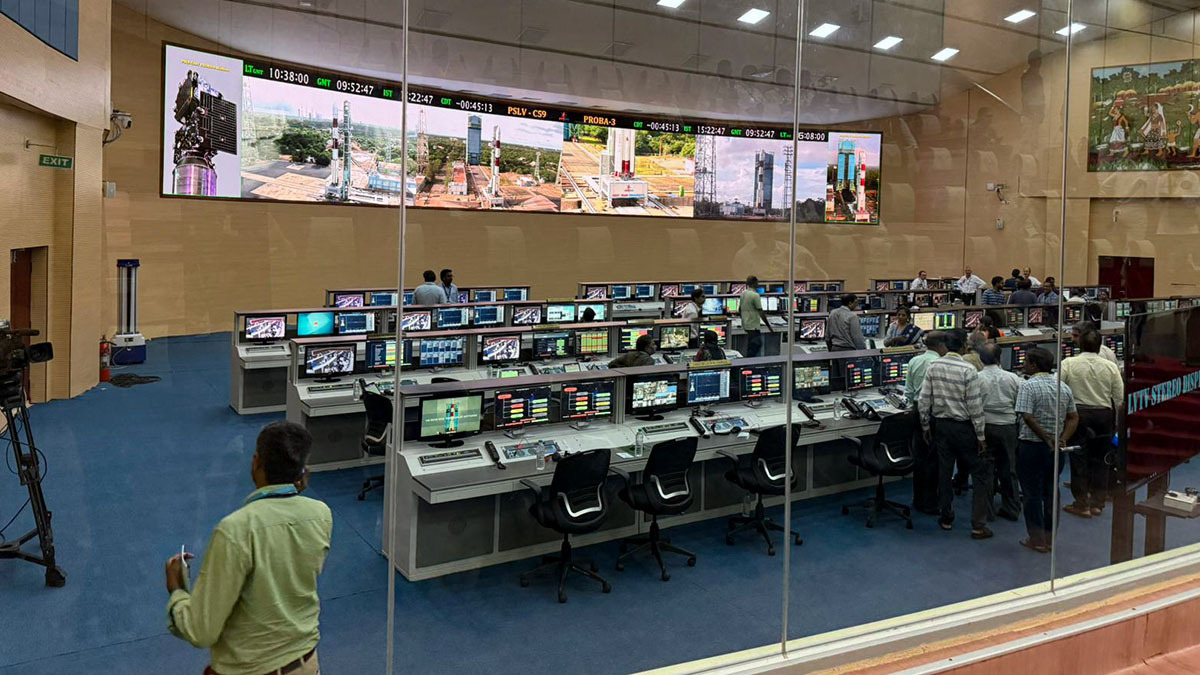
The flight of the Proba-3 mission to its place in space has been contracted directly by ESA to New Space India Ltd. (NSIL), a state-owned company created in March 2019 to be the commercial arm of the Indian Space Research Organisation (ISRO).
An automated mission of the highest complexity
Placed under the control of the Delhi government's Department of Space, NSIL is responsible for producing and integrating Indian rockets. It is also responsible for increasing the participation of Indian private capital in the national space sector and for marketing its products internationally.
Spain's Sener Aerospace and Defence, headed by Jose Julián Echevarría, is the prime contractor for ESA's ambitious Proba-3 programme, which over 16 years has developed and fine-tuned ‘the complex technology that aims to demonstrate that high-precision formation flying between satellites is possible,’ says Diego Rodríguez, the company's Space Director, who is in India to witness the liftoff.
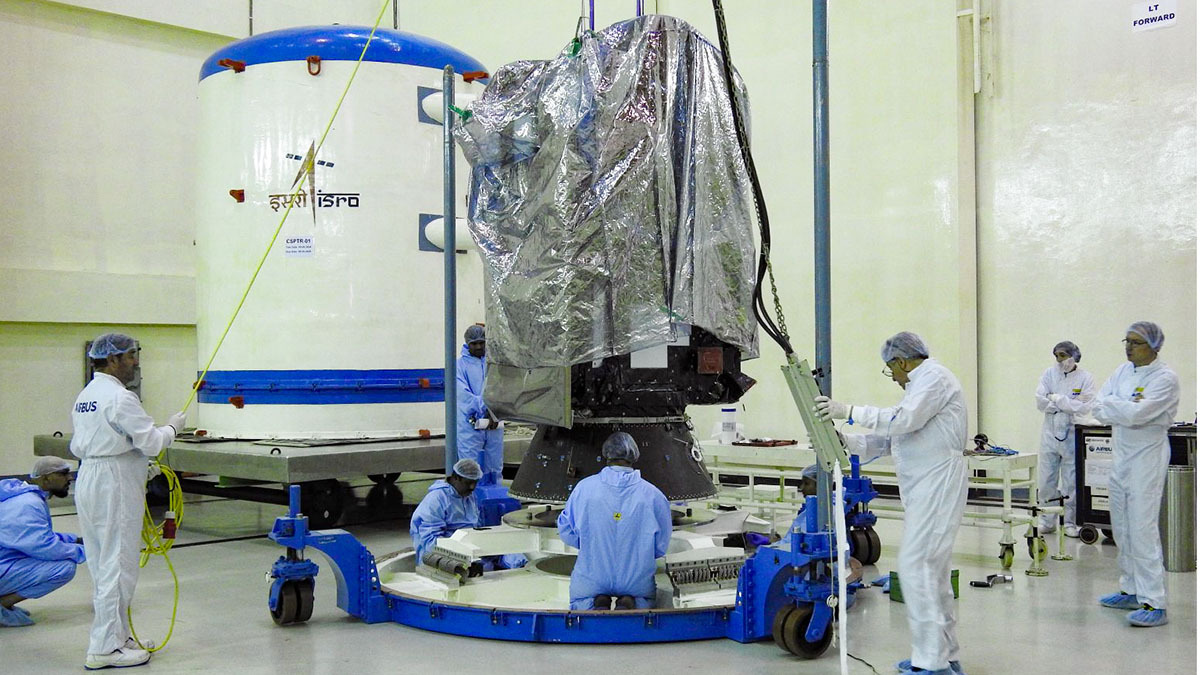
ESA systems engineer Esther Bastida confirms that the main objective of Proba-3 is to ‘demonstrate the feasibility of formation flying, which consists of flying several objects in a coordinated manner’. The technology test, if successful, should pave the way for the implementation of ‘new mission concepts for outer space’. Launcher capacity ‘is limited, and it is not feasible to place large structures in space, which makes it necessary to place distributed systems in orbit’.
The Proba-3 mission is extremely complex. The orbital formation flight that both satellites must describe is programmed to be fully automatic. Each of the two spacecraft will autonomously calculate its position and trajectory with respect to its partner thanks to an advanced guidance, navigation and control system developed specifically for the mission.
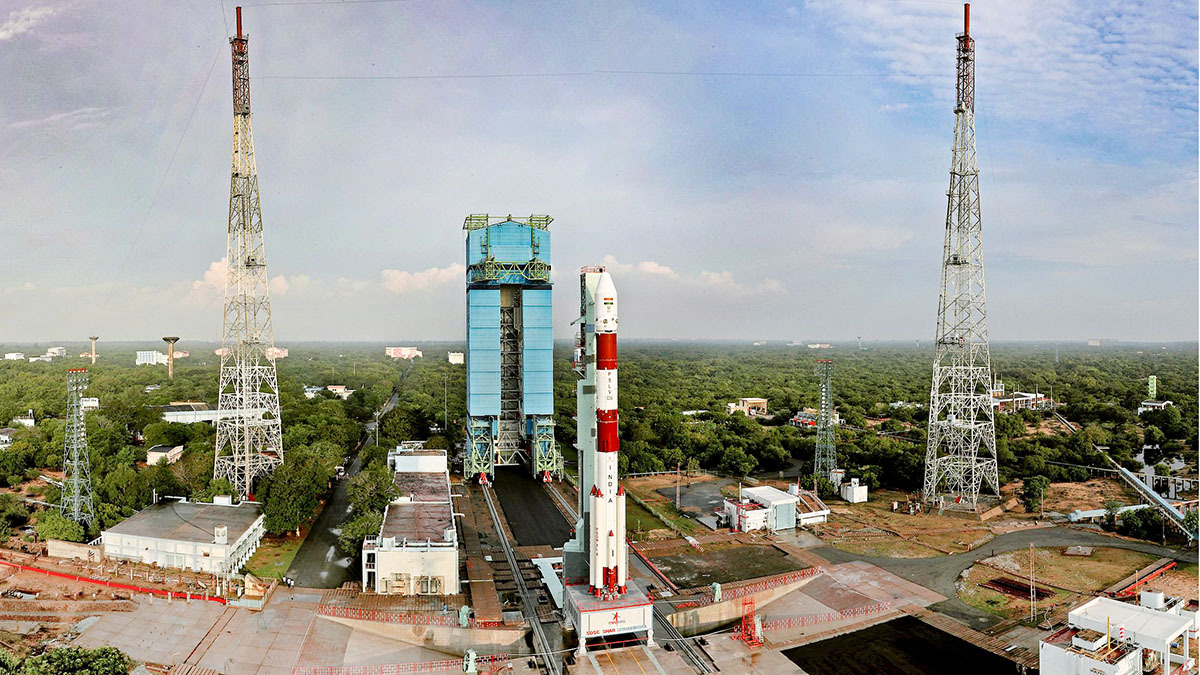
The two satellites will describe a highly elliptical orbit around the Earth, so that their closest trajectory to our Blue Planet will be 600 kilometres and their furthest trajectory will be 60,000 kilometres. This is because Proba-3's second priority is to observe the Sun's faint corona very closely, something that is only possible from the Earth's surface when a total solar eclipse takes place, a phenomenon that occurs 30 times every 50 years and lasts only 10 minutes.
Spanish industry's contribution to the mission
On the other hand, the synchrony between the two Proba-3 satellites - one the coronagraph and the other the occulter - will facilitate the study of the structure of the solar corona for 6 hours in each of the orbits, which ‘guarantees up to a thousand artificial eclipses’, points out Anik de Groof, a scientist specialising in the study of the sun.
The coronagraph will be pointed directly at the Sun, while the occulter satellite will be placed between the Sun and the coronagraph to eclipse the star of our solar system. To do this, it has a disc about 140 centimetres in diameter and optical and laser equipment to position the two satellites with extreme precision.
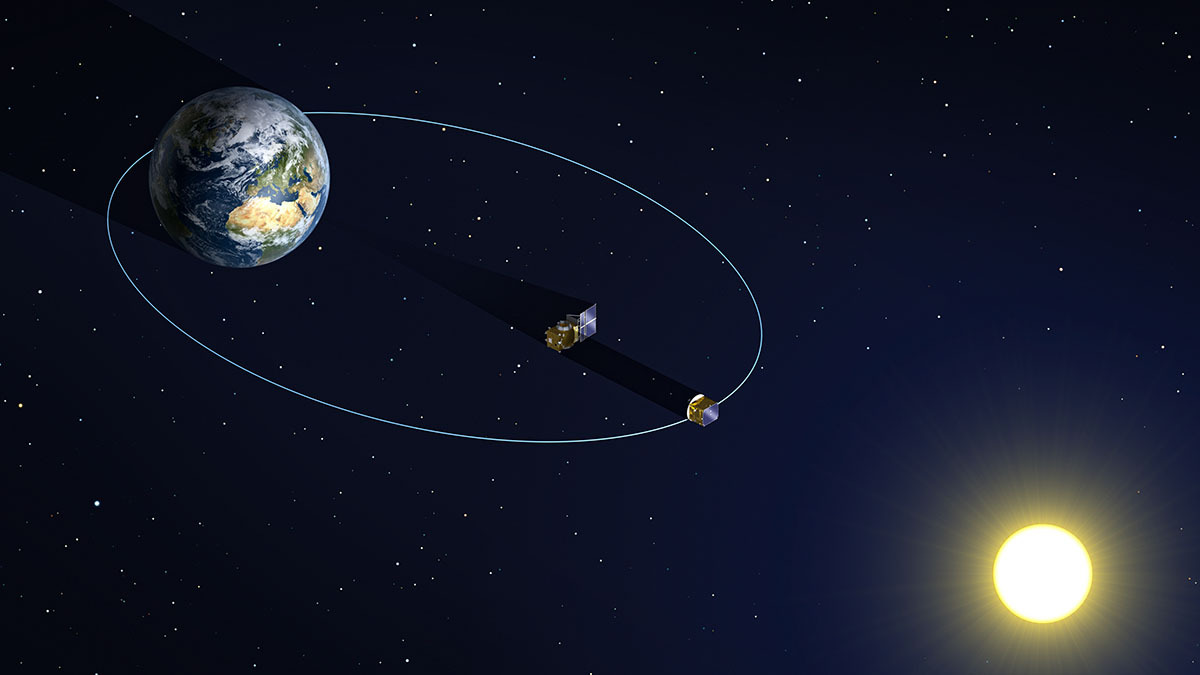
Forty companies from 16 countries have embarked on the Proba-3 programme under the leadership of Sener. Among them are more than half a dozen Spanish companies. Airbus Space Systems of Getafe (Madrid) has been responsible for designing and integrating the two satellites, manufacturing the structures of both, assembling their cabling, thermal control, propulsion and the mechanisms for separating the satellites and deploying the solar panel. It also undertook the design and manufacture of the occulter disc and the thermo-mechanical tests of the two complete satellites.
Airbus Crisa of Tres Cantos (Madrid) has provided the electronic unit (IEU) that links the on-board computer with the various satellite subsystems. GMV has materialised the software for the complex formation flight subsystem (FFS), the manoeuvre calculations and the flight supervision and control systems in the ground infrastructures.
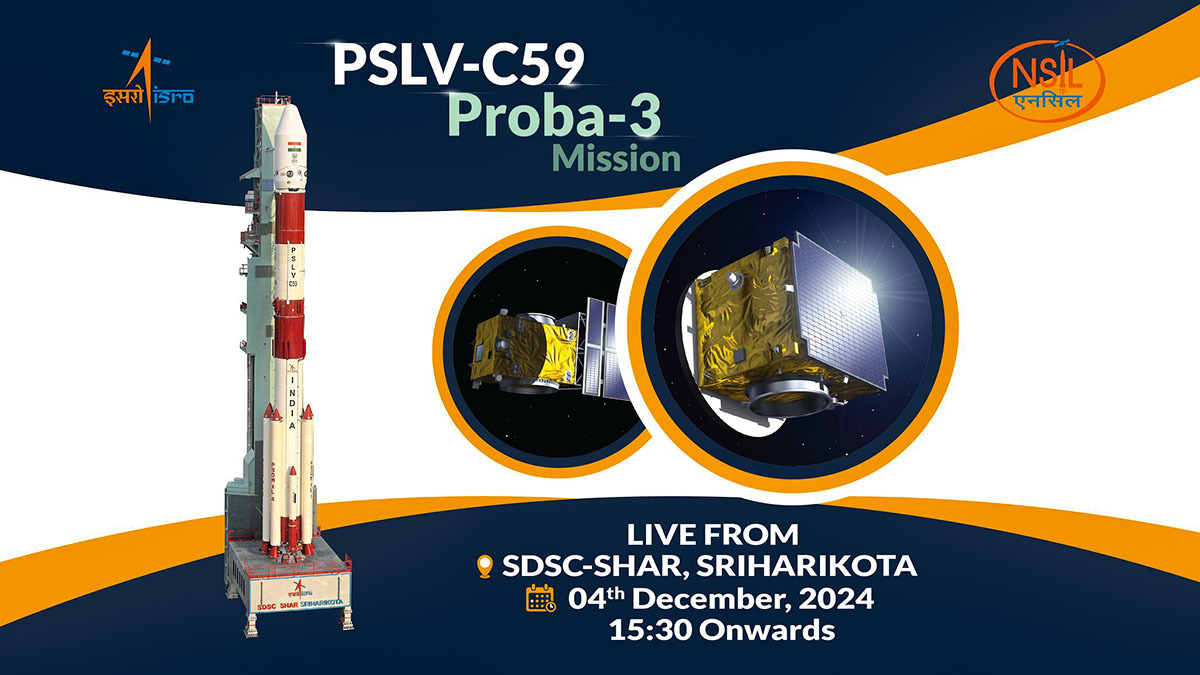
Deimos, also in Tres Cantos, is responsible for the optical navigation rendezvous experiment between the two satellites, and HV Sistemas in San Sebastián de los Reyes (Madrid) has provided the verification equipment for the UIS electronic unit. Inventia in Getafe has been in charge of designing, analysing and manufacturing the scale models for the verification of the platform and solar panel protections, while Thales Alenia Space España in Tres Cantos has supplied the telemetry, tracking and control (TTC) equipment that allows the two satellites to communicate with the ground throughout the mission.


